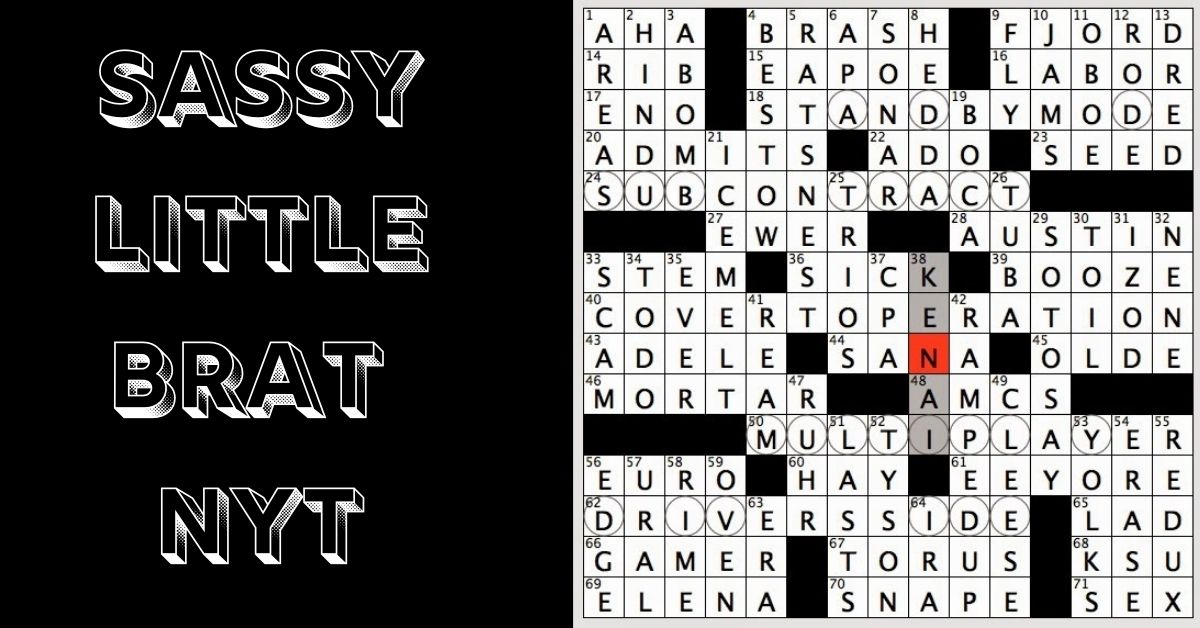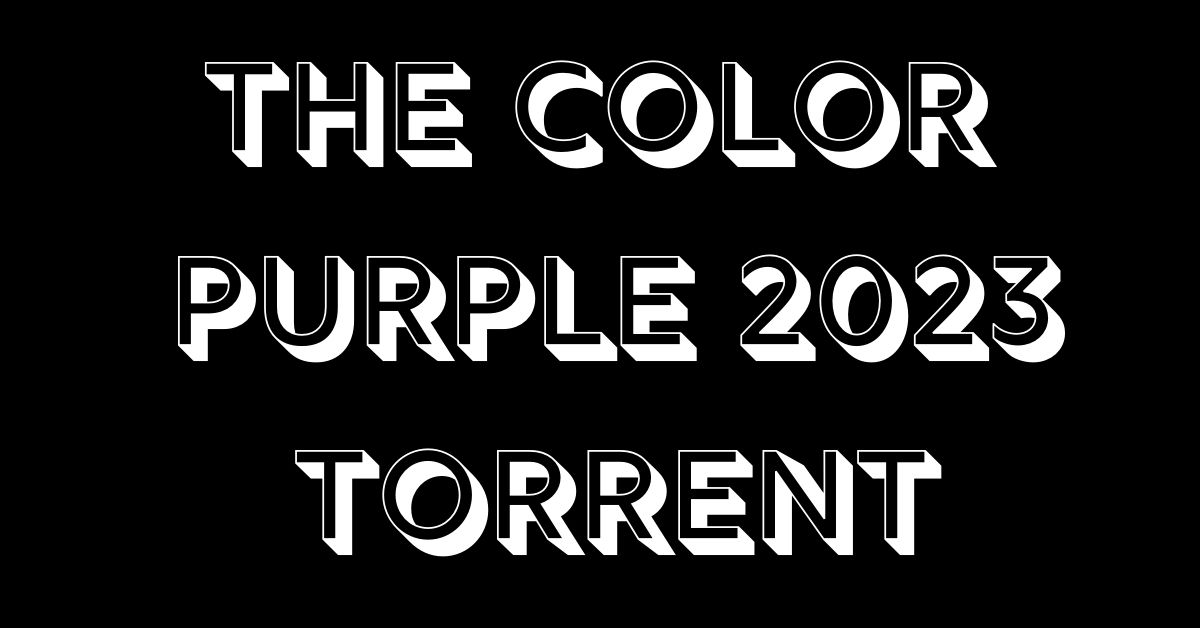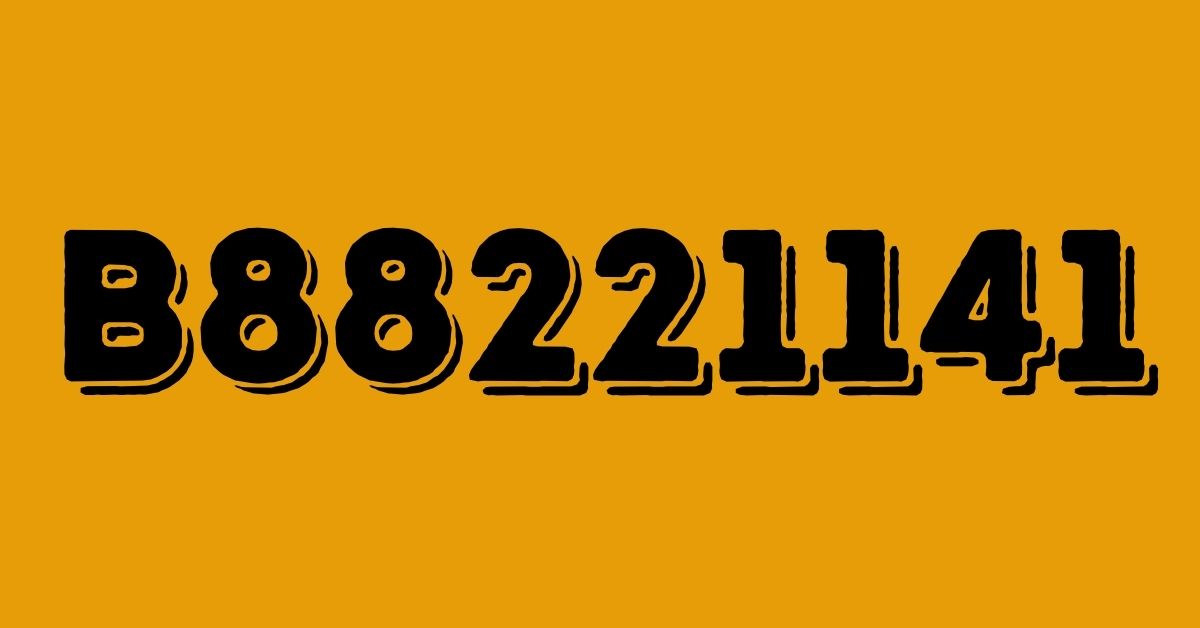The phrase “sassy little brat nyt” has become more than just a casual term—it’s a cultural phenomenon that has found a peculiar home in the lexicon of New York Times readers. But what does it mean, and how has it made its way into the hallowed pages of such a prestigious publication? In this article, we’ll dive into the origins, impact, and implications of this intriguing phrase, while exploring how it reflects broader societal trends.
What Is a Sassy Little Brat?
At its core, a “sassy little brat nyt” is someone who embodies a bold, cheeky attitude, often with a touch of defiance. This character archetype has been prevalent in literature, film, and pop culture for decades, but its recent appearance in discussions surrounding the New York Times suggests a deeper cultural resonance.
The New York Times and Its Influence
The New York Times (NYT) is more than just a newspaper; it’s a cultural barometer. What appears in the NYT often reflects larger societal trends, so when the term “sassy little brat” starts showing up in its pages, it’s worth paying attention. Whether used in reviews, opinion pieces, or feature stories, the term has come to symbolize a specific type of personality that’s both endearing and exasperating.
The Rise of the Sassy Little Brat Archetype
Over the years, the “sassy little brat nyt” archetype has gained traction in various media. From iconic characters like Veruca Salt in “Charlie and the Chocolate Factory” to more modern interpretations in television shows and movies, this persona captures a mix of audacity and charm that resonates with audiences. The NYT’s adoption of this term highlights its relevance in contemporary discussions.
Why the Term Has Stuck
The persistence of the “sassy little brat” in the public consciousness can be attributed to its versatility. It’s a term that can be applied to both children and adults, across genders, and in a variety of contexts. In the pages of the NYT, it’s often used to describe characters or real-life figures who challenge norms with a mix of humor and irreverence.
Cultural Implications
The popularity of the “sassy little brat” archetype reflects broader cultural shifts. In an era where traditional norms are being questioned, and individuality is celebrated, the brashness and confidence associated with this term resonate with many. It’s a reflection of a society that increasingly values boldness and authenticity, even when it comes in the form of a “brat.”
Examples in Literature and Media
The “sassy little brat” is not a new concept, but its prominence in modern media is noteworthy. From literary classics to contemporary TV shows, this archetype has been explored in various forms. Characters like Eloise from “Eloise at the Plaza” and Wednesday Addams from “The Addams Family” are perfect examples of this persona—sharp-tongued, clever, and unapologetically themselves.
The Role of Social Media
Social media has played a significant role in amplifying the “sassy little brat” persona. Platforms like Twitter and TikTok are rife with users who embrace this archetype, often using humor and wit to engage with their audiences. This digital reinforcement has further cemented the term’s place in modern vernacular, making it a go-to description for anyone exhibiting a certain blend of cheekiness and defiance.
The Appeal of the Sassy Little Brat
Why does the “sassy little brat” appeal to so many? Part of the allure lies in the freedom this persona represents. In a world where conformity is often expected, the “sassy little brat” breaks the mold, offering a refreshing alternative. This character type is free to speak their mind, challenge authority, and do so with a smile—a combination that’s both entertaining and empowering.
Impact on Language and Communication
The term “sassy little brat” has influenced how we communicate, particularly in written form. Its use in the NYT and other respected publications has given it a certain legitimacy, allowing it to move beyond slang and into more formal discourse. This evolution showcases how language is constantly adapting to cultural trends, reflecting the values and attitudes of the time.
Challenges and Criticisms
While the “sassy little brat” is often celebrated, it’s not without its critics. Some argue that the term reinforces negative stereotypes, particularly around gender and age. Others believe that it can be dismissive, reducing complex personalities to a single, somewhat pejorative label. These criticisms highlight the ongoing tension between celebrating individuality and avoiding reductive categorizations.
Psychological Perspective
From a psychological standpoint, the “sassy little brat” can be seen as a manifestation of certain personality traits, such as high extroversion and low agreeableness. These individuals are often outspoken, confident, and willing to push boundaries. While this can be seen as a positive trait in moderation, it also comes with potential downsides, such as conflict with others and challenges in cooperative settings.
Influence on Parenting and Education
The “sassy little brat” has also impacted parenting and educational approaches. Some parents and educators see this persona as a sign of a strong-willed, independent child—qualities that are often encouraged in modern upbringing. However, there’s a fine line between fostering confidence and allowing disrespectful behavior, making it a complex issue for those in caregiving roles.
Pop Culture and Beyond
In pop culture, the “sassy little brat” has become a staple character in sitcoms, dramas, and even reality TV. This archetype’s influence extends beyond the screen, impacting fashion, attitudes, and even social movements. It represents a shift towards valuing outspokenness and individuality, traits that are increasingly seen as strengths rather than flaws.
The Future of the Sassy Little Brat
As we look to the future, it’s likely that the “sassy little brat” will continue to evolve. With society’s growing emphasis on diversity and inclusion, this archetype may take on new forms, representing a wider range of experiences and backgrounds. However, its core traits—boldness, wit, and a touch of rebellion—are likely to remain relevant.
Conclusion
The “sassy little brat nyt” is more than just a term; it’s a reflection of cultural attitudes towards individuality and defiance. Its presence in the New York Times and other media outlets highlights its significance in modern discourse. As society continues to evolve, so too will our understanding and appreciation of this unique persona.
FAQs
What does “sassy little brat nyt” mean?
The term describes someone with a bold, cheeky attitude, often defiant and witty.
Why has the term “sassy little brat” become popular?
Its versatility and cultural resonance have made it a popular way to describe characters or individuals who challenge norms with humor and audacity.
How has social media influenced the “sassy little brat” archetype?
Social media platforms have amplified this persona, making it a popular archetype in modern digital communication.
What are some examples of “sassy little brat nyt” in media?
Characters like Veruca Salt from “Charlie and the Chocolate Factory” and Wednesday Addams from “The Addams Family” are classic examples.
Is the term “sassy little brat” viewed negatively?
While often celebrated, the term can be seen as reductive or reinforcing stereotypes, depending on the context.











